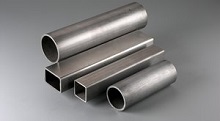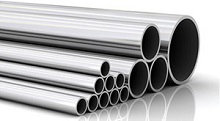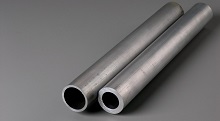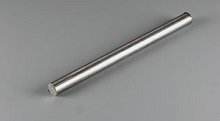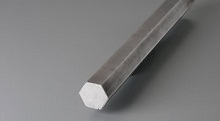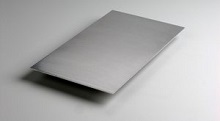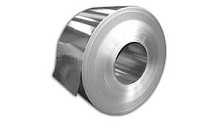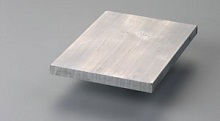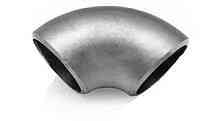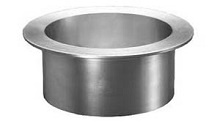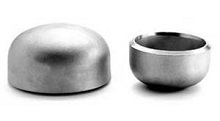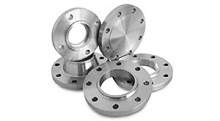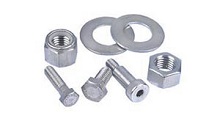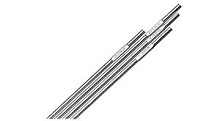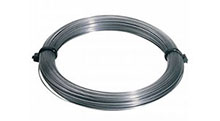Hastelloy C-22 can be used in conjunction with Hastelloy C-276 to prevent joint corrosion. Its composition is nickel-chromium-molybdenum-tungsten, giving it some of the resistance that is characteristic of C-276. The metal is excellent against overall and localized corrosion, along with chemical, oxidation, and reducing environments. Tests in environments containing wet chlorine and nitric acid have also proved that Hastelloy C-22 shows exceptional resistance. However, one unique characteristic is its weldability, which allows the metal to be used as a filler in many cases where other metals have failed to stop corrosion. These characteristics make Hastelloy C-22 commonly applied in chemical productions for food and beverages and pharmaceutical tools.
The metal should not be worked in temperatures going above 1250° F; doing so may cause deformations. Additionally, C-22 hardens quickly under cold-working practices and may require annealing. Processes that are used to work Hastelloy C-276 are often successful as well. Welding, forging, deep-drawing, press forming and impact extruding are all applicable on C-22.
Heat Exchangers

